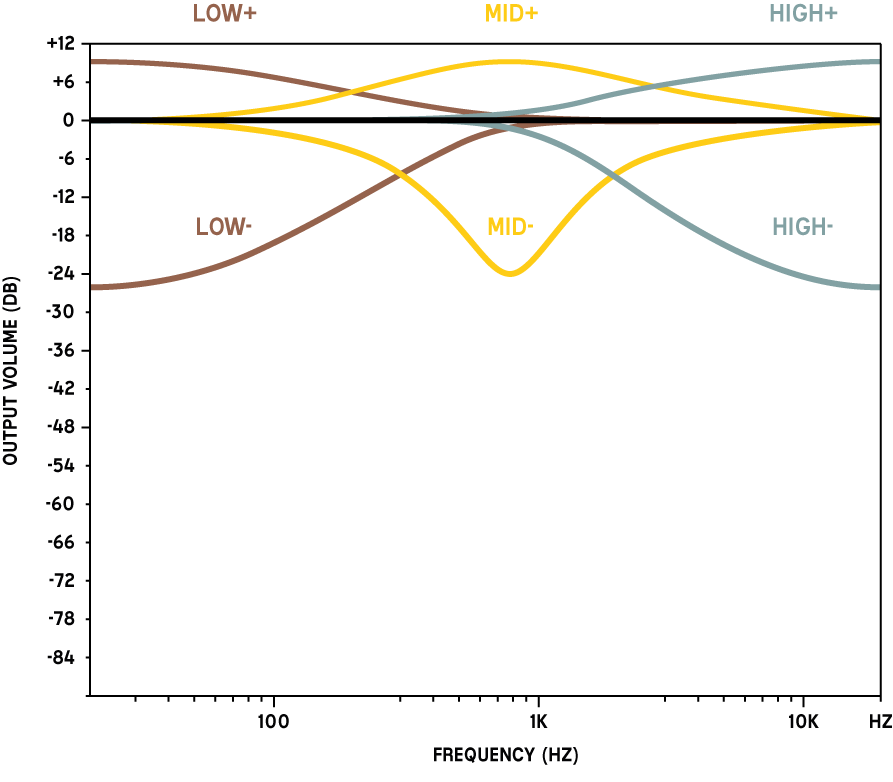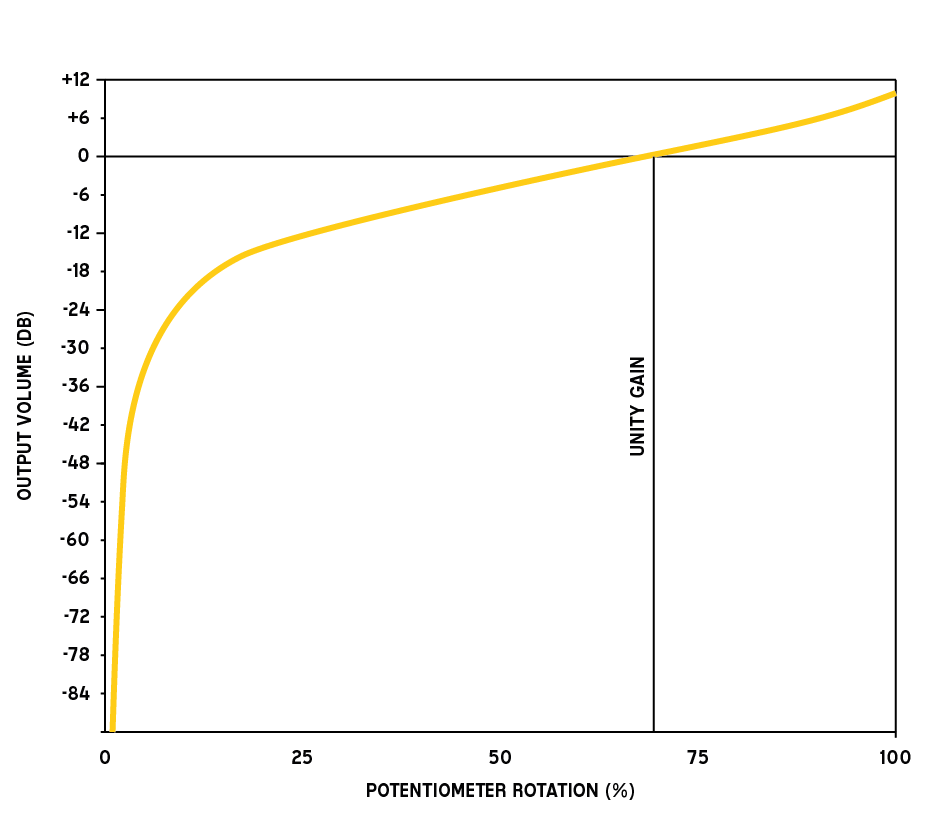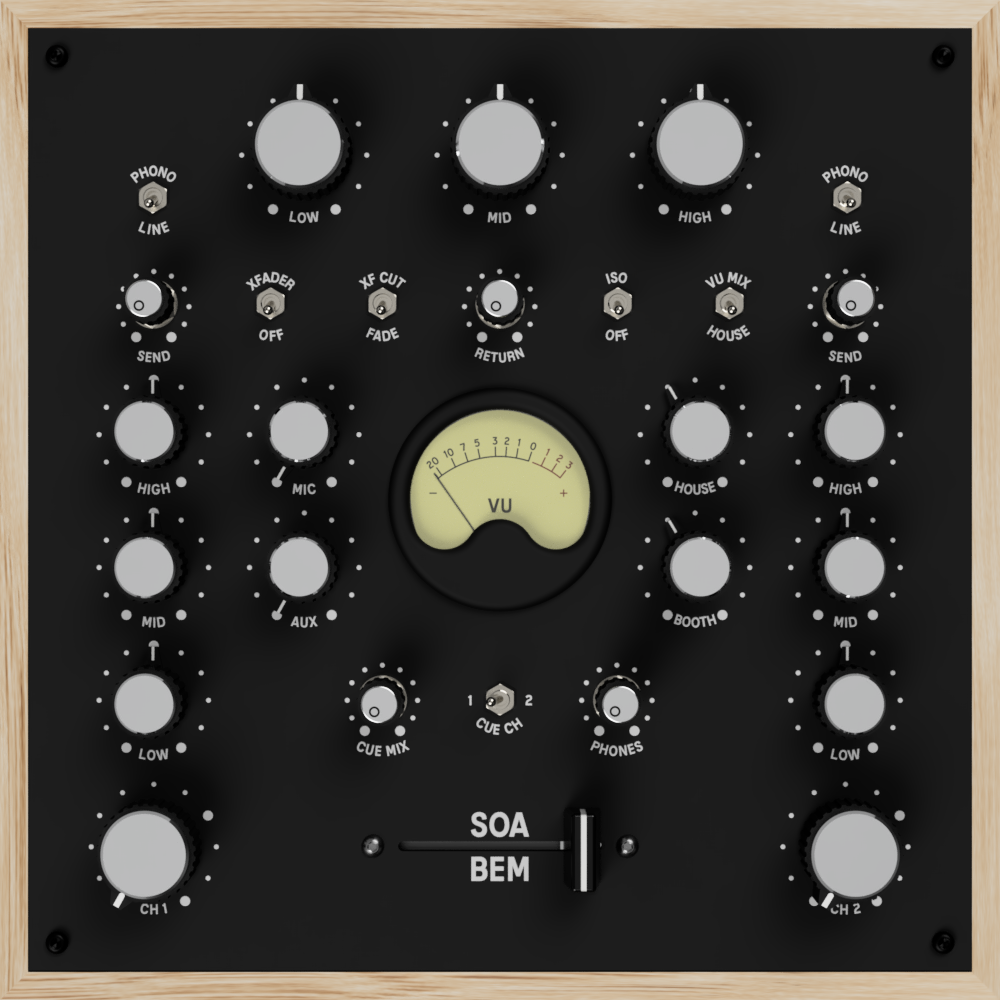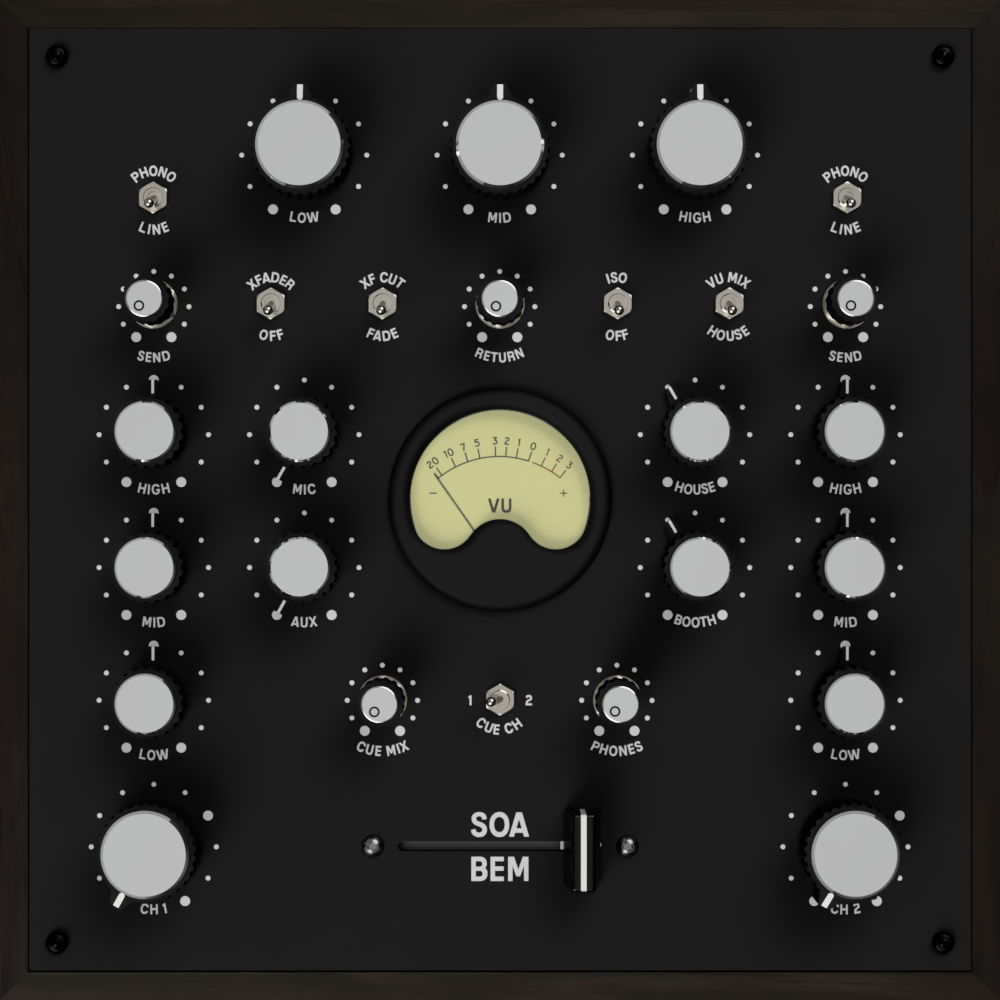OLHO-2R
The OLHO-2R is the first mixer of the SOA BEM product range. It has been developed over a period of 18 months and is soon available to everyone who is looking for a very special combination of function, sound and aesthetics.
USER LAYOUT
No Crossfader VersioN
Crossfader VersioN
Connections
PARTS QUALITY
Anodized Aluminium Front- and Rear Panels
thick panels with scratch-resistant sub-eloxal
screen printing made in Germany
European Oak Wood Enclosure
handcrafted in the neighborhood,
naturally oiled or black stained and oiled
Aluminium / Phenolic Pointer Knobs
three sizes in the style of the legendary rotary mixers
Miyama Toggle Switches
high quality Japanese manufacturer
Durable Audio Connectors
made by Neutrik and Amphenol
Through Hole Components
throughout, hand-mounted and hand-soldered
ALPS RK27 Blue Velvet Potentiometers
for channel volume, house, booth and isolator bands
ALPS RK16 Potentiometers
for channel EQ/ISO bands, send, return, cue mix, phones, aux and mic volume
TKD or Mini-Innofader Crossfader
two technologies available: conductive plastic (TKD)
or non-contact capacative (Innofader)
57 mm VU-Meter in SOA BEM Casing
showing either mix or house volume
YAGEO Metal Film Resistors (1%)
tight tolerance resistors throughout
WIMA Polypropylen and Polyester Film-Capacitors
for RIAA, filters and input/ output coupling
Panasonic FR Series Low ESR Aluminium Electrolyte Capacitors (105°C, 5000h)
for DC blocking
NP0 and X7R MLCC Ceramic Capacitors
for power bypassing, not in the signal chain
Mean Well Switch Mode Medical Power Supply
filtered output for very low ripple and noise
SOUND DESIGN PHILOSOPHY
From an Engineering perspective, there is no point in describing the sound of an amplifier with euphemistic adjectives, as it is a subjective impression based on preferences and likings. Because of that, we prefer to technically describe the audio circuit.
There are definitely many valid philosophies in designing DJ mixers. For the OLHO-2R the approach was to have a minimum of noise and distortion, so the output is true to the source. If harmonic distortion is desired, it can still be added later in the chain, for example by using a Tube Amplifier.
The circuits of the OLHO-2R can be described as non-esoteric state of the art designs. Compared to the first American Rotary Mixers from the 1970s, the circuit of the OLHO-2R is definitely more complex. This is because it comes with a lot more functions like Channel EQ, Master Isolator, Crossfader, Effect Sends and Return. To still be able to achieve the best specifications possible, every detail in the circuit as well as in the PCB design have been considered and optimised from an engineering perspective.
With a frequency response flat to ± 0.5 dB and Total Harmonic Distortion + Noise of less than 0.003 % at 1kHz there is not a lot to look for when it comes to unpleasant sound characteristics.
Channel EqualiZer / ISOLATOR
Upon ordering, you can decide between two options for the characteristics of the three way channel equalizer. Which one you choose depends on your personal preference.
The channel equalizer option is an asymmetric cut/ boost variant of the Baxandall EQ. The maximum gain of every band is +9 dB and the maximum attenuation is around -26 dB. If all controls are at the lowest setting, the whole track is attenuated by this value, which means there is no full cut. The equalization is therefore more subtle compared to an isolator. The advantage of this circuit is that it provides a very natural sound.
The channel isolator option splits the audio in three bands of the respective frequencies and sums them up afterwards. The potentiometers control the volume of each band. The circuit is more complex than the equalizer option, but provides a full cut if all controls are at the lowest setting and therefore more flexibility for the user. The circuit topology uses two pole filters, so the volume drops by 12 dB per octave.
For both options, you can choose whether you want potentiometers with or without center-detent. In a center-detent potentiometer, there is a notch or groove in the physical mechanism of the potentiometer that creates resistance when the knob or slider is at the center position, allowing you to feel and identify the center without looking at it.
Channel EQUALIZER
Attenuation / Boost: -100 dB / + 9 dB
Crossover Frequencies: 230 Hz, 4 kHz
Channel ISOLATOR
Attenuation / Boost: -26 dB / + 9 dB
Frequencies: 40 Hz, 800 Hz, 20kHz
Active Channel VOLUME CONTROL
The channel volume control is by no doubt the most essential function of a DJ mixer. Even more so on the classic rotary mixer, as the volume potentiometer can supply gain above the Unity Gain mark. It is crucial for the volume control to approach a logarithmic (linear in dB) law, as well as high attenuation when turned off.
The active volume control circuit offers an ideal control law, very high off-attenuation (-100 dB), improved SNR and a gain of about 10 dB at full rotation. Unity Gain is at 70% rotation, marked on the scale with a slightly bigger dot. Using linear potentiometers, the channel matching is generally improved compared to using logarithmic potentiometers
Master Isolator
This feature is a fundamental part of the mixer and allows for additional methods of isolating frequencies to aid mixing or adding tension. The circuit is based on four pole filters, which results in 24 dB of attenuation per octave. The effect is therefore much more significant than the two pole isolator option on the channels, which you can also see in the diagrams. It also uses slightly different crossover frequencies, which were approved to be best suiting for most genres.
The master isolator can be bypassed by a relais triggered true bypass switch so you can hear how transparent the isolator works. You can also quickly activate or deactivate it for effects with a click or pop sound.
Just as with the Channel EQ, you can choose if you want center-detent pots or regular ones, depending on your preference.
Four-Pole-Isolator (24 dB / Octave)
Attenuation / Boost: -100 dB / + 9 dB
Crossover Frequencies: 310 Hz, 3.1 kHz
True Bypass switched by Relais
CROSSFADER
Not many rotary mixers available have a crossfader. In fact it is a great complementary volume control to a rotary fader, because it allows for quick cuts, which dampened rotary controls don’t. The build in crossfader controls a very low distortion voltage controlled amplifier (VCA), so the crossfader itself is not in the signal chain. This also allows for control of the crossfader curve. On the front panel there is a switch to select a “cut” or “fade” curve. The factory settings are shown in the diagram below. Other curves can be set internally upon requst. The curve can be set from fully linear to a 2 mm cut-in length.
Factory settings for “cut” and “fade” curves switchable on the front panel.
Other curves can be set internally upon request.
For the actual fader product there are two options available, both of which are very long lasting high quality products.
The Innofader Mini by AudioInnovate is a highly engineered product, which has circuitry inside to sense the travel of the fader via capacitance. As this is a non-contact technology, it does not require maintainance and is well regarded under scratch afficionados and turntablists.
The CFX-45L is the latest DJ crossfader development by the Japanese company Tokyo Ko-On Denpa (TKD). It is based on conductive plastic, which is a very reliable technology which benefits the “feel” of the fader.
Technical SpeCIFICAtions
-
External power supply:
Switch mode, 3-pole AC inlet
Power consumption: 30WInternal circuitry:
± 16.5 V dual rail supply -
Inputs
Channel 1 & 2 each:
Two Pairs of RCA Inputs (A & B)
A: Line Input
B: Phono Input
Switchable on Front Plate (Input A or B to Channel)Line Inputs (RCA, Stereo, Unbalanced)
Input Impedance: 50 kΩ
Maximum Input Level (0 dB EQ): +22 dBU at 1 kHz < 1 % THD
Maximum Input Level (+9dB EQ): +13 dBU at 1 kHz < 1 % THDPhono Inputs (RCA, Stereo, Unbalanced):
Gain: 40 dB
Input Impedance: 50 kΩ
Maximum Input Level: +95 mV RMS at 1 kHz < 1 % THDMicrophone Input (TRS, Mono, Balanced)
Gain: 40 dB
Input Impedance: 10 kΩ
Maximum Input Level (Balanced Input): +28 mV RMS at 1 kHz < 1% THD
Maximum Input Level (Unbalanced Input): +45 mV RMS at 1 kHz < 1% THDReturn Input (TRS, Stereo, Unbalanced)
Input Impedance: 50kΩ
Maximum Input Level: +13 dBU at 1 kHz < 1% THDOutputs:
House Output (XLR, Stereo, Balanced)
Output Impedance: < 50 Ω
Maximum Output Level: +27 dBU at < 1% THDBooth Output (TRS, Stereo, Balanced)
Output Impedance: < 50 Ω
Maximum Output Level: +27 dBU at < 1% THDRecord Output (RCA, Stereo, Unbalanced)
Output Impedance: < 10 Ω
Nominal Output Level: +4 dBUSend Output (TRS, Stereo, Unbalanced)
Output Impedance: < 10 Ω
Nominal Output Level: +4 dBUHeadphone Output (TRS, Stereo, Unbalanced)
Output Impedance: 34 Ω
Maximum Output Power: 850 mW RMS into 32 Ω at < 1% THD -
Residual Output Noise: < -96 dB 20 Hz to 20 kHz unweighted Line In to Mix Out
Total Harmonic Distortion + Noise, Balanced Outputs (No Crossfader): <0.0025 % Line In (2V RMS) to Mix Out at 1 kHz, Unity Gain
Total Harmonic Distortion + Noise, Balanced Outputs (Crossfader): <0.01 % Line In (2V RMS) to Mix Out at 1 kHz, Unity Gain
Signal to Noise Ratio, Balanced Outputs < -102 dB Referenced to Unity Gain at 1 kHz, 2V RMS Input unweighted
Signal to Noise Ratio, Balanced Outputs < -108 dB Referenced to Fullscale Level at 1 kHz, 2V RMS Input unweighted
Frequency Response: < +0,5 dB / -1 dB 20 Hz to 20 kHz Line In to Mix Out
-
RIAA Accuracy: < ± 0.5 dB 20 Hz to 20 kHz
Channel EQ Option
Three-Way-Equalizer
Attenuation / Boost: -26 dB / +9 dB
Band Frequencies: 20 Hz, 800 Hz, 12 kHzChannel Isolator Option
Three-Way Two-Pole Isolator (12 dB / Octave)
Attenuation / Boost: -90 db / +9 dB
Crossover Frequencies: 240 Hz, 4 kHzMaster Isolator
Three-Way Four-Pole-Isolator (24 dB / Octave)
Attenuation / Boost: -90 db / +9 dB
Crossover Frequencies: 310 Hz, 3.1 kHz -
Dimensions, Not Including Knobs and Connectors: 256 x 256 x 88 mm (10 x 10 x 3.5”) L x W x H
Dimensions, Including knobs & connectors: 273 x 256 x 110 mm (11 x 10 x 4.5”) L x W x H
Transport Case Outside Dimensions: 405 x 330 x 150 mm (16 x 13 x 6”) L x W x H
Weight, Mixer: 3 kg (6.6 lbs),
Weight Mixer + Transport Case: 5.5 kg (12 lbs)
SCOPE OF DELIVERY
The mixer is shipped with a robust transport case, included in the price.
It also comes with the power supply and an IEC cable for your country.


















